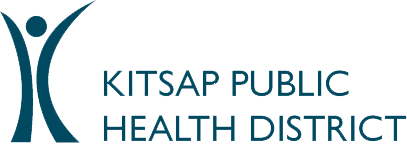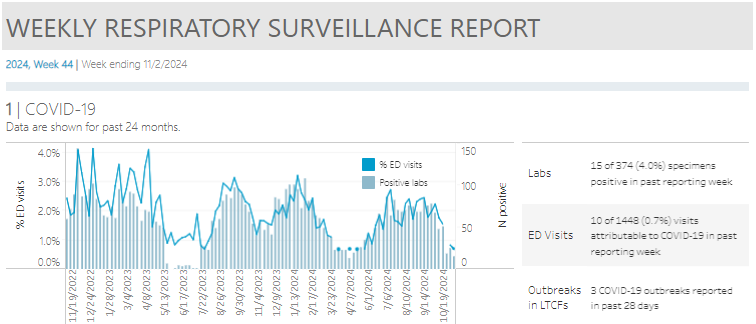Kitsap Respiratory Illness Report: Week 17 (4/20/2025 – 4/26/2025)
In week ending April 26, local indicators for influenza were low and continued to approach baseline levels, while indicators for COVID-19 and respiratory syncytial virus (RSV) remained minimal. Other Puget Sound counties observed similar trends. Regional laboratory surveillance most frequently detected rhinovirus among clinical respiratory specimens, followed by SARS-CoV-2 (COVID-19). Fewer than 10 emergency department (ED) visits were attributable to … Kitsap Respiratory Illness Report: Week 17 (4/20/2025 – 4/26/2025)



